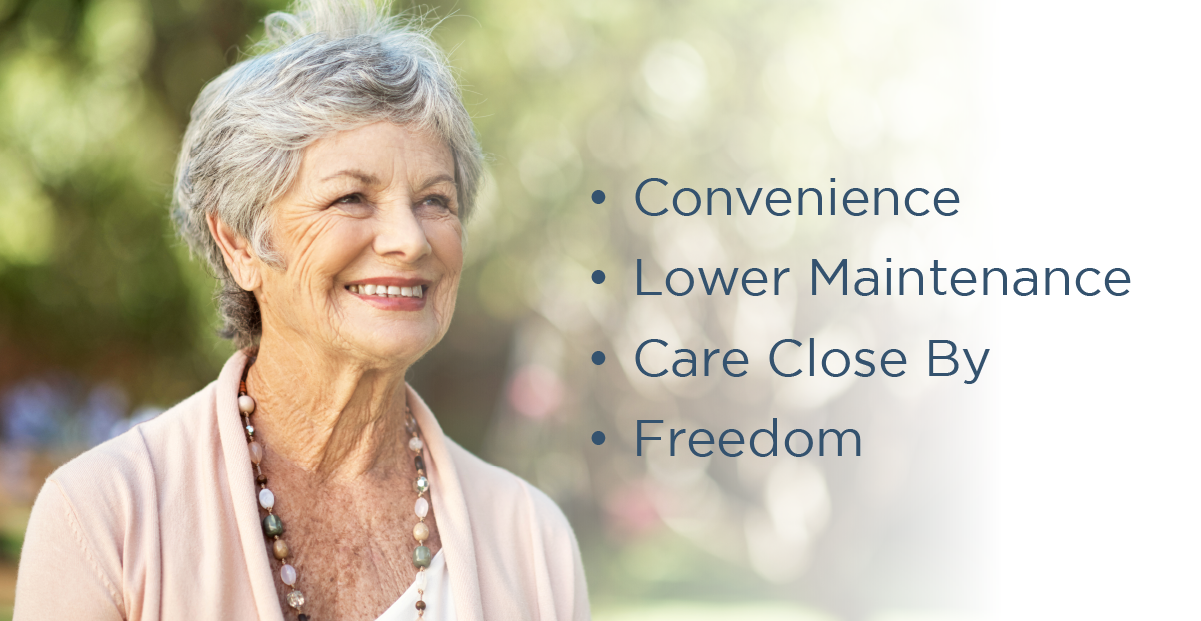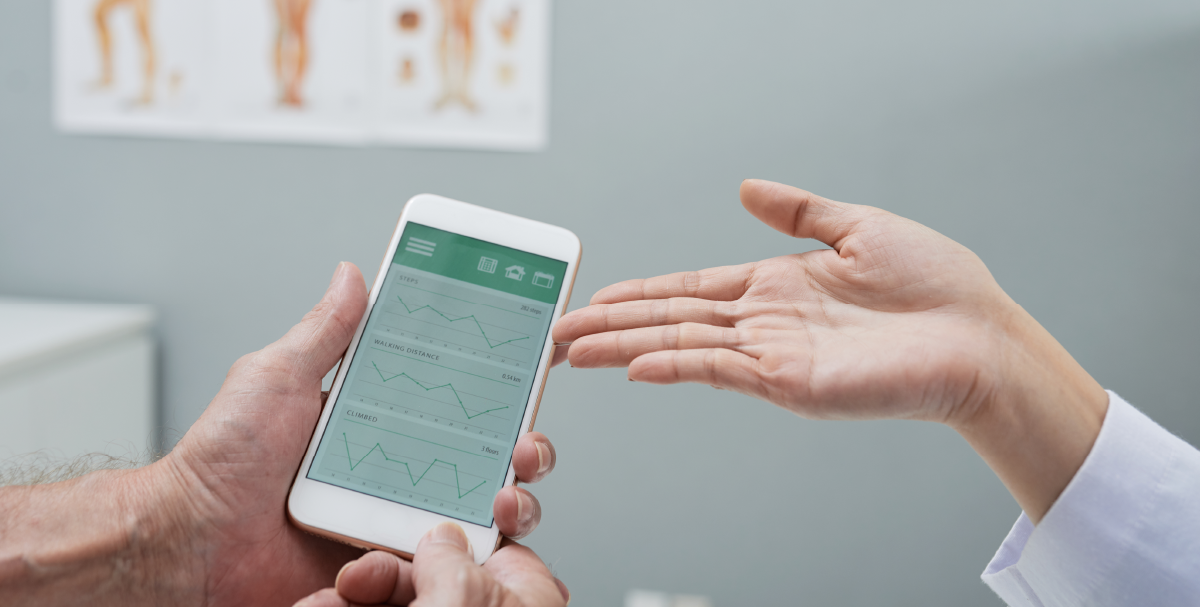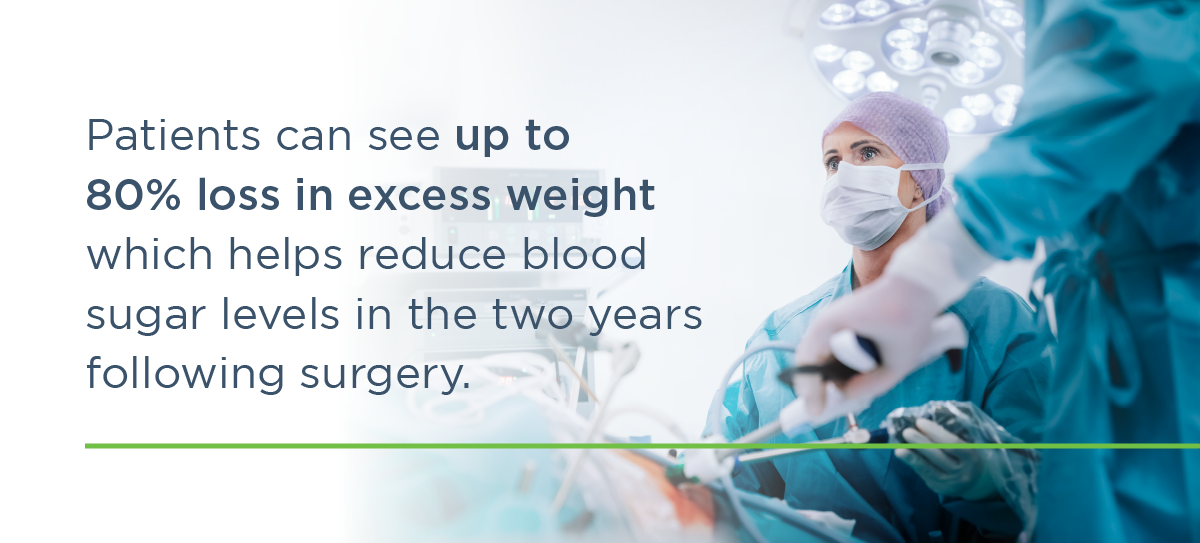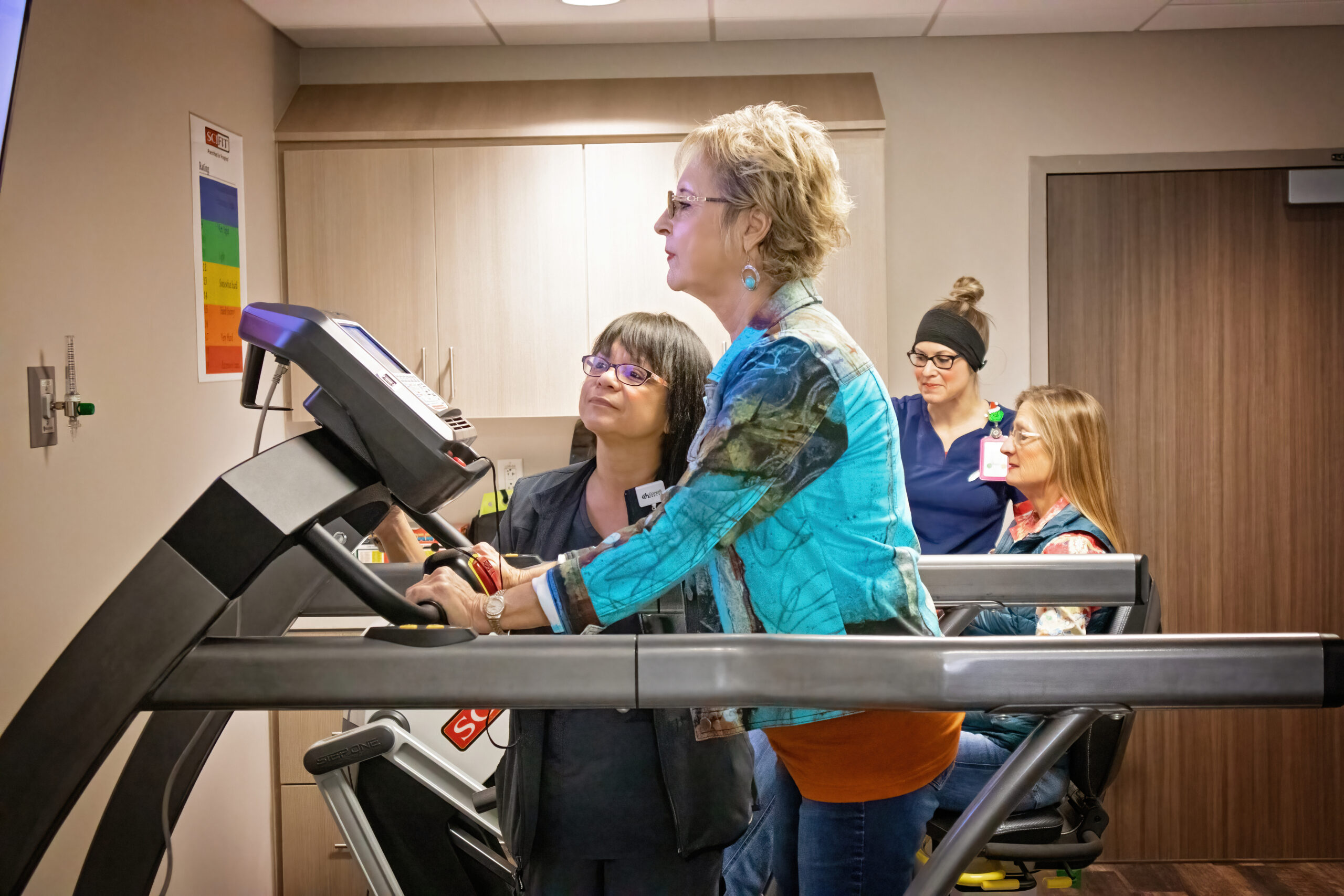With the New Year just around the corner, you may be gearing up for a celebration to ring in 2023. Are you planning on wearing high heels? Beauty doesn’t have to be painful! You can feel confident in your outfit without causing damage to your feet. Here’s how:
How Heels Wreak Havoc
Love wearing high heels? Most women do! While the shoes are fashionable, trendy and a common outfit pairing, they can lead to chronic pain and many other foot ailments.
Dr. James Townson Jr., a podiatrist at Coryell Health, has seen a fair share of health issues associated with heels.
“I have treated numerous patients who had to wear high heels every day for work, and now suffer from chronic foot pain in the balls of their feet, as well as their back, ankles, and more,” he said. “Heels can cause multiple problems to your feet and body due to significant pressure placed on the balls of the feet, the calf muscles tightening over time, and squeezing of the toes and forefoot together. All of this consequentially impacts your feet.”
-Dr. James Townson Jr.
Because your feet are meant to walk heel to toe, high heels have the potential to cause pain in your feet, hips and back. The shoes prevent your feet from their usual patterns of movement, which are designed to perfectly disperse your weight as you stand and walk. Heels disproportionately place weight on the front of your feet, putting unnecessary pressure on the joints in the rest of your body, including your hips and back as your center of gravity shifts forward. Heels can also cause ingrown toenails, which are painful and may require treatment from a physician. For regular heel-wearers, in extreme cases, heels may even lead to stress fractures!

Protect Your Feet
Don’t fret: There are ways to minimize damage to your feet when you wear heels!
- Choose shorter heels, or heels with platform soles that reduce the angle of the shoe. This takes the pressure off the rest of your body.
- Reduce the time you’re in heels by as much as possible. If wearing heels out of the house to an event or function, consider bringing other shoes to wear while traveling to and from the venue.
- Consider wearing wedges with more supportive heels and wider toe boxes.
- Ensure your heels properly fit and are the correct size. Your shoes should be snug, not tight, and your feet should stay upright without shifting around.
- When possible, wear flats instead. Flats can be a professional alternative to heels that minimize pain and damage to your body.
Beauty doesn’t always have to equal pain. When you choose the right heels, or save the shoes for special occasions only, you’re protecting your entire body from aches and pains.
Are you experiencing foot pain? Get back on your feet with the help of Coryell Health’s podiatry services led by James Townson Jr., DPM. Specializing in diabetic foot care, wound care and trauma, our center produces individual treatment plans based on your lifestyle needs. Call today to learn more at (254) 865-2166.
 Skip to content
Skip to content











